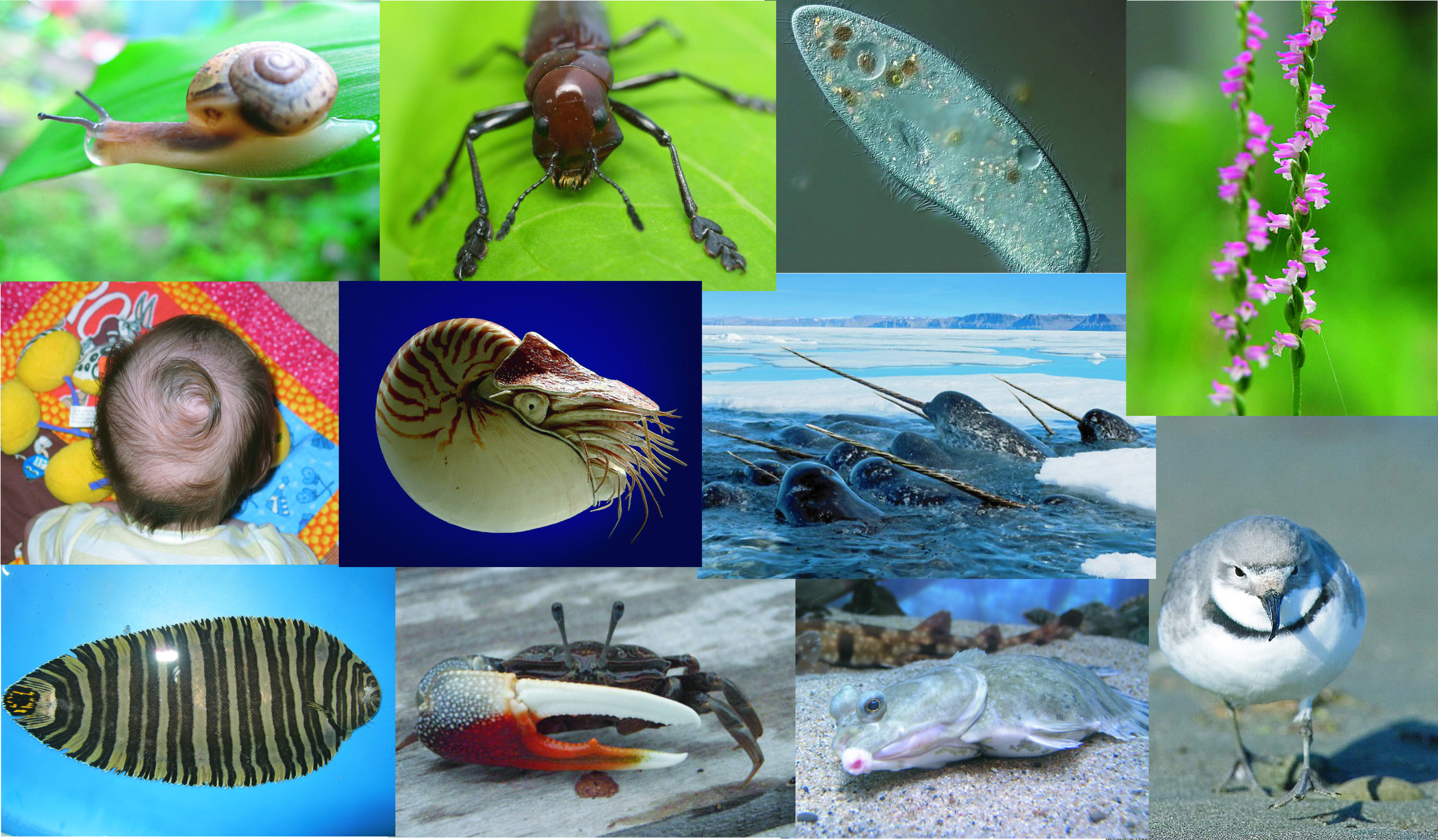Overview
Left-right asymmetry in Drosophila

In metazoans, the internal and external organs often show a directional left-right (LR) asymmetric morphology, which is determined genetically. The mechanisms underlying the formation of the LR axis have been extensively studied in vertebrates.
However, recent studies revealed that the mechanisms responsible for symmetry breaking may have evolutionarily diverged even among vertebrates. Moreover, several aspects of the LR asymmetric development that are unique to invertebrates have been revealed.
This indicates that there must be some unknown mechanisms of LR asymmetric development in these species. However, cues braking LR symmetry in invertebrates and subsequent mechanisms of LR development are poorly understood.
To uncover these novel genetic and molecular mechanisms of LR asymmetric development, we have been studying the LR asymmetric development in Drosophila. In Drosophila, several organs, including the gut, adult brain, spermiduct, and genital plate, show LR asymmetry. Among them, the embryonic gut is the first organ that develops LR asymmetry during embryogenesis. The LR asymmetric structure of the embryonic gut is highly stereotypic, just like human internal organs. Therefore, the embryonic gut is suitable for studying the mechanisms of LR asymmetric development.
To uncover these novel genetic and molecular mechanisms of LR asymmetric development, we have been studying the LR asymmetric development in Drosophila. In Drosophila, several organs, including the gut, adult brain, spermiduct, and genital plate, show LR asymmetry. Among them, the embryonic gut is the first organ that develops LR asymmetry during embryogenesis. The LR asymmetric structure of the embryonic gut is highly stereotypic, just like human internal organs. Therefore, the embryonic gut is suitable for studying the mechanisms of LR asymmetric development.

